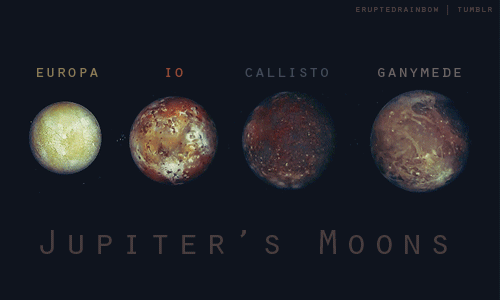Photo
Back in my day the Solar System hosted a Poisson Distribution of spherical objects with respect to mass. Now, there is STILL that Poisson Distribution of spherical objects. (ftfy)
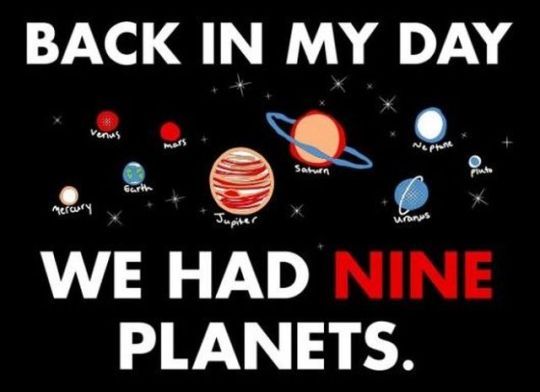
When I was growing up, there were nine planets. Now, there are STILL nine planets. #plutoforever
896 notes
·
View notes
Photo
Annular Eclipse of the Sun by Phobos, as Seen by Curiosity
This set of three images shows views three seconds apart as the larger of Mars’ two moons, Phobos, passed directly in front of the sun as seen by NASA’s Mars rover Curiosity. Curiosity photographed this annular, or ring, eclipse with the telephoto-lens camera of the rover’s Mast Camera pair (right Mastcam) on Aug. 17, 2013, the 369th Martian day, or sol, of Curiosity’s work on Mars.
Curiosity paused during its drive that sol for a set of observations that the camera team carefully calculated to record this celestial event. The rover’s observations of Phobos help researchers to make measurements of the moon’s orbit even more precise. Because this eclipse occurred near mid-day at Curiosity’s location on Mars, Phobos was nearly overhead, closer to the rover than it would have been earlier in the morning or later in the afternoon. This timing made Phobos’ silhouette larger against the sun — as close to a total eclipse of the sun as is possible from Mars.
Malin Space Science Systems, San Diego, built and operates Mastcam. NASA’s Jet Propulsion Laboratory manages the Mars Science Laboratory mission and the mission’s Curiosity rover for NASA’s Science Mission Directorate in Washington. The rover was designed, developed and assembled at JPL, a division of the California Institute of Technology in Pasadena.
For more about NASA’s Curiosity mission, visit http://www.jpl.nasa.gov/msl, http://www.nasa.gov/mars, andhttp://marsprogram.jpl.nasa.gov/msl.
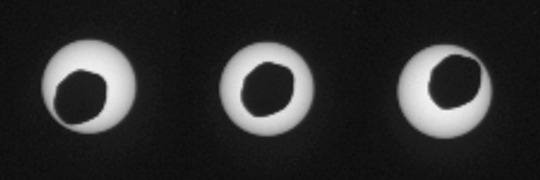
128 notes
·
View notes
Photo
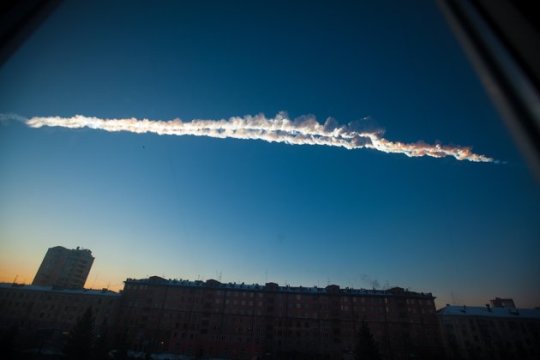
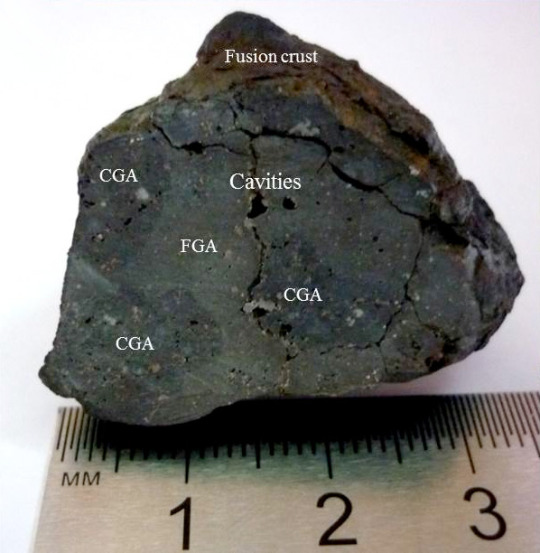
Chelyabinsk Meteorite Had Previous Collision or Near-Miss
The meteor that starred in a thousand and one tweets as it shot across the Siberian sky last February apparently had a rough history.
The Chelyabinsk meteor, estimated to have been 55-65 feet in diameter before breaking up, may have had previous fiery encounters — either colliding into another body in the solar system or traveling too close to the Sun — before its spectacular crash to Earth, according to analysis of fragments from its crust and interior.
Hints of Heat:
Presenting the new findings at a geochemical conference in Florence, Italy, Victor Sharygin of Novosibirsk’s Institute of Geology and Mineralogy said a detailed mineral analysis of fragments of the meteorite revealed some anomalies suggesting the rock had previously been melted.
Dividing the pieces into different gradations of color and structure, the team identified a concentration of dark fragments composed of fine-grained material formed by extremely intense melting. The dark fragments were distinct from the meteorite’s fusion crust, a thin layer that melts and then solidifies as the rock travels through Earth’s atmosphere. The dark fragments’ structure included what the team described as “spherical bubbles,” either encrusted with oxide, silicate and metal or filled with metal and sulfide.
Strange Elements:
The fusion crust, noted the team, included small amounts of platinum group elements so far identified only as an alloy of osmium, iridium and platinum — an unexpected finding because the process of fusion crust formation is usually too fast for the elements to accumulate. Along with the dark fragments’ unusual composition, the strange elements present in the fusion crust could point to the rock melting and re-solidifying in a previous collision, or in a trajectory that took it close to the Sun.
The team sent some of the fragments to researchers in Moscow to be dated, which could provide a timeline for the possible collision or near-miss.
Just the Beginning:
The Chelyabinsk meteorite is classified as an LL5 chondrite, which means it has relatively low iron and metal content. As it passed through Earth’s atmosphere, it was considered bright enough to be rated a superbolide with an apparent magnitude of more than -17 — more brilliant in the sky than the Sun.
The team plans to analyze larger pieces of the meteorite when they are brought up from the bottom of Chebarkul Lake, where they fell following the superbolide’s blaze of glory. The recovery process has been hampered by the remains of the meteorite being buried in more than ten feet of mud at the lake bottom. Sharygin spoke about the ongoing analysis of the Chelyabinsk meteorite at the Goldschmidt Conference, an annual event held by the Geochemical Society and the European Association of Geochemisty.
Credit: Victor Sharygin/Gemma Tarlach
171 notes
·
View notes
Photo
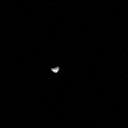
Movie of Phobos and Deimos mutual event, Curiosity sol 351
41 Frames taken from NASA's Curiosity Rover on Mars show both of Mars's moons, with the larger Phobos eclipsing the smaller Deimos.
Video Credit: NASA / JPL-Caltech / Malin Space Science Systems / Texas A&M University
0 notes
Photo
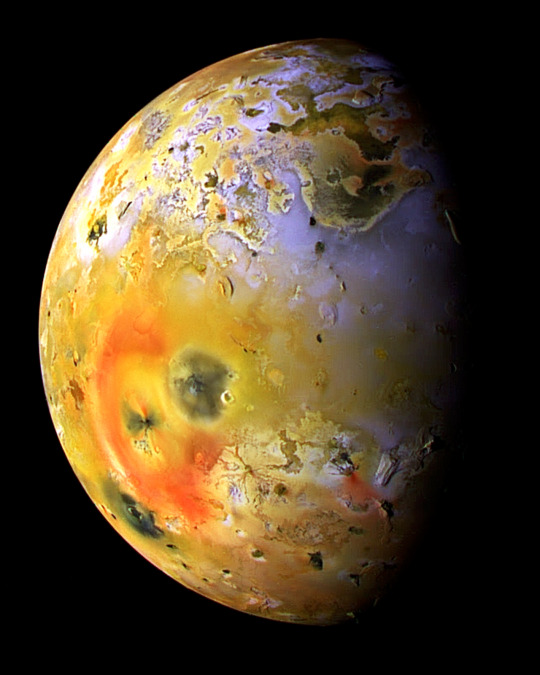
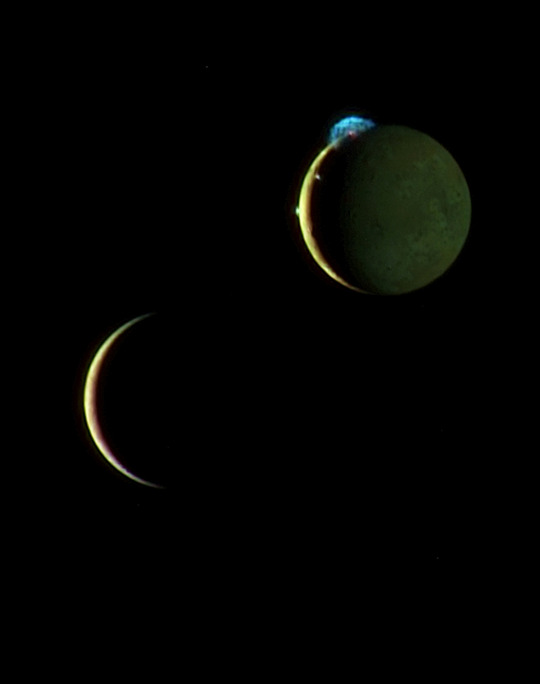
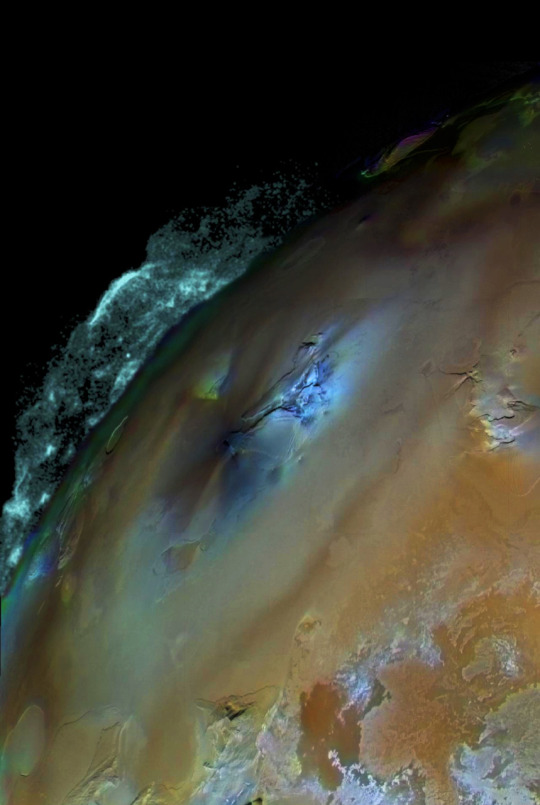
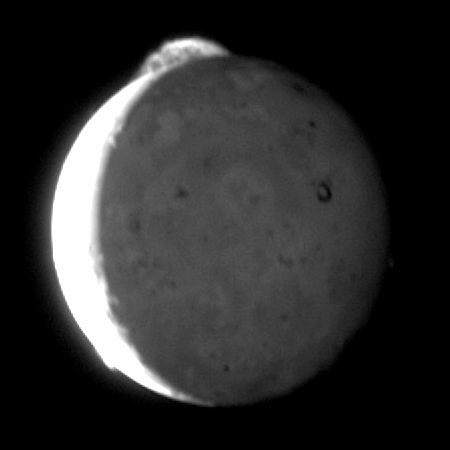
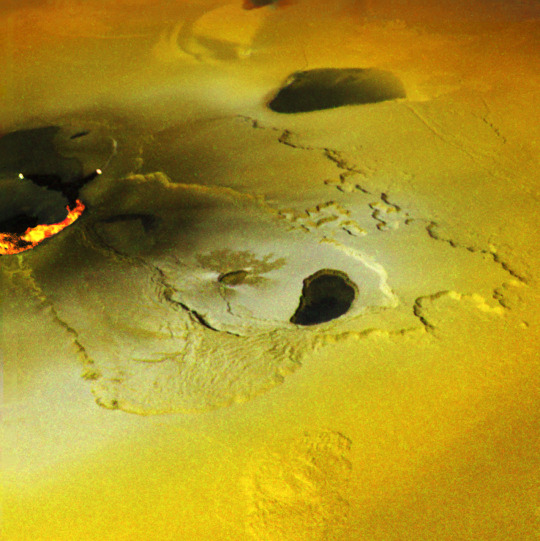
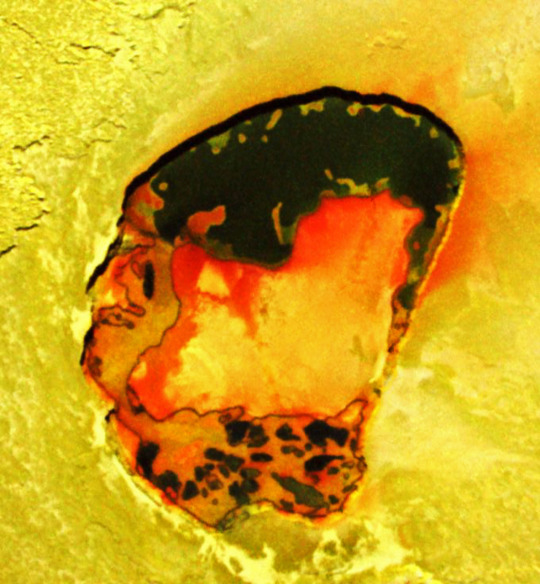
Io is the first Galilean moon of Jupiter, it is slightly larger than Earth’s moon. Io experiences intense tidal heating due to its elliptical orbit and orbital resonance with Europa and Ganymede. This makes Io the most geologically active moon in our solar system. Io’s interior is composed of molten iron sulphide, and the surface is a crust of sulfur and silicon. Io has more than 400 active volcanoes, which can eject lava plumes more than 500 kilometers above the surface. Some of the material from Io’s volcanic eruptions leaves the moon and orbits Jupiter, producing a plasma torus. Io also has lakes of lava called paterae, which can also create eruptions. The most dramatic paterae are Loki, Tvashtar, and Tupan. The constant volcanic activity creates a thin atmosphere of sulfur dioxide and sodium chloride. Io is an interesting model for exoplanets with intense geological activity, such as COROT-7b.
4K notes
·
View notes
Photo
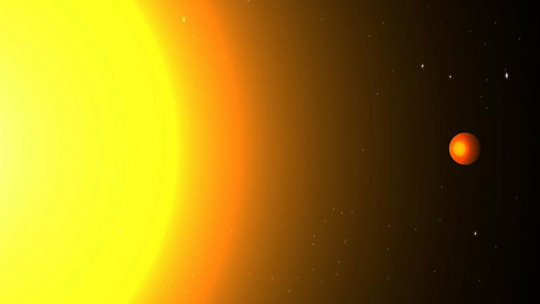
Astronomers discover an Earth-sized planet with an 8.5 hour year "Researchers from MIT have located a lava-filled world about 700 light-years away that’s 40 times closer to its star than Mercury is to our sun. It’s considered one of the shortest orbital periods known to science." Read more from io9.
554 notes
·
View notes
Photo
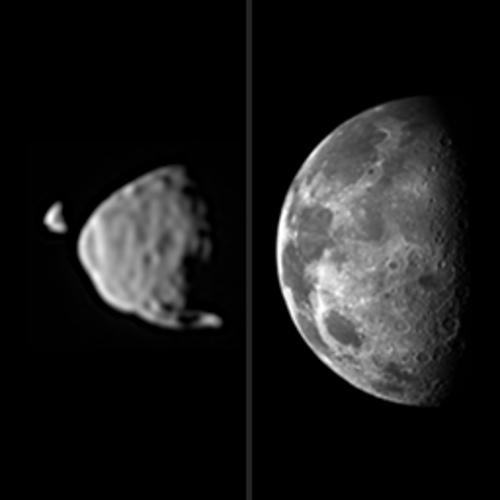
Apparent sizes of the Martian Moons and ours. If you were standing on Mars, Phobos would look about a quarter the size of how big our moon looks tonight from Earth. Deimos is pretty tiny no matter where you stand.
The image of Phobos and Deimos was taken by NASA Curiosity's MastCam.
1 note
·
View note
Photo
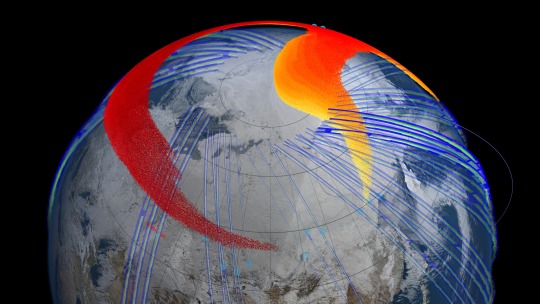
Stratospheric Dust Belt from the Chelyabinsk Meteor
When the Chelyabinsk Meteor exploded 23 km above Russia in February 2013, the dust plume it created began circling the globe. Now NASA Earth Scientists have detected a new dust belt in the stratosphere months after the impact.
Image Credit: NASA GSFC
1 note
·
View note
Photo
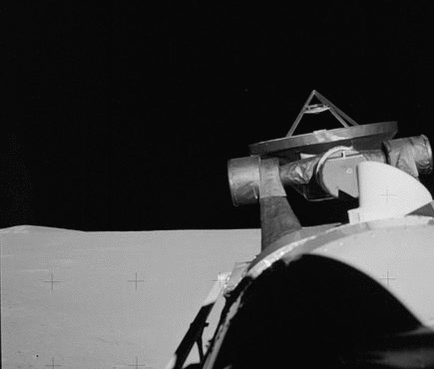
The moon, photographed by either David Scott or James Irwin near the landing site of Apollo 15, July 1971. (Mission-roll-frame AS15-85-11354ff.)
3K notes
·
View notes
Photo
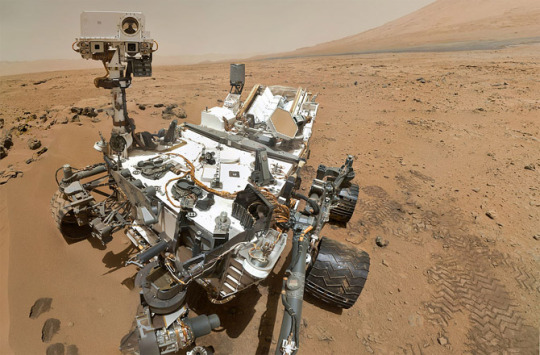
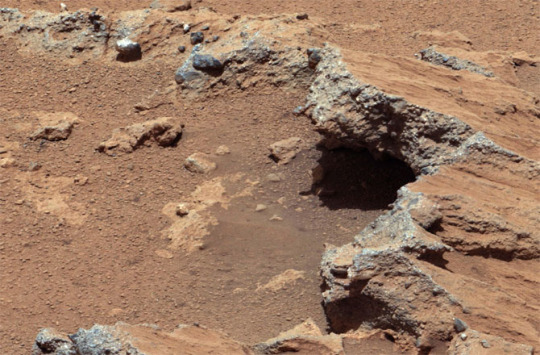
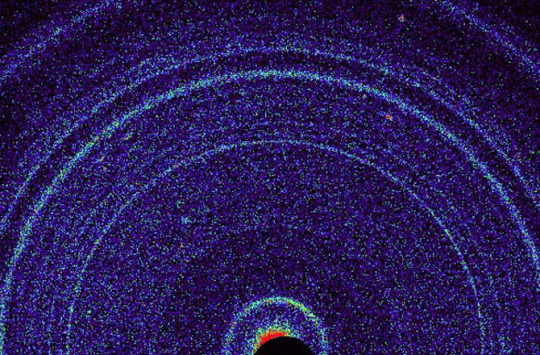
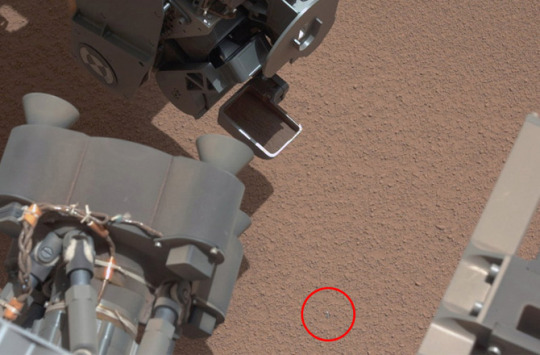
Year One: Mars Rover Curiosity’s Key Discoveries
Can you believe it’s been a year since Curiosity landed on Mars? Although its mission has only just begun, let’s take a quick look at some of the cool science the Mars Science Laboratory has been doing in the Mars dirt for the past 12 months.
396 notes
·
View notes
Photo
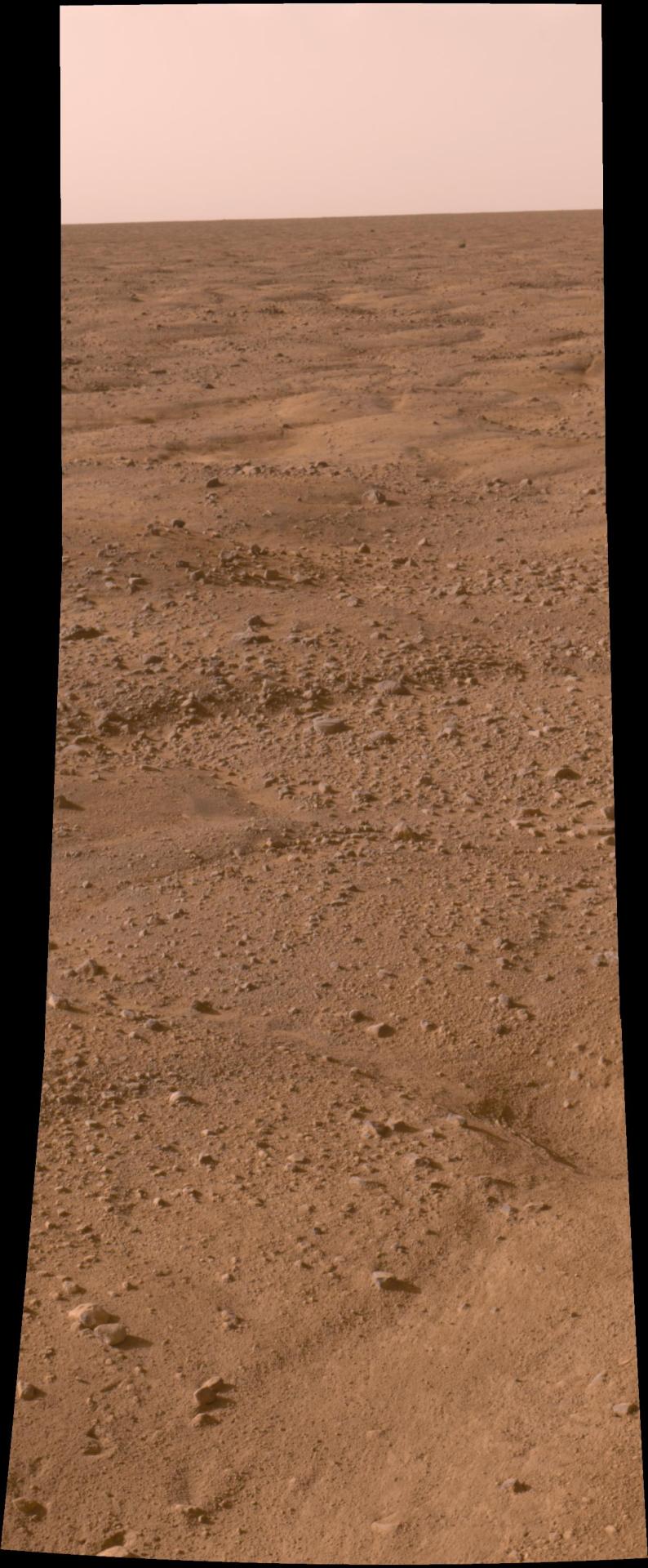
Cryoturbation on Mars
Polygon Mounds from freeze-thaw processes are captured by the Mars Phoenix Lander's Surface Stereo Imager, providing some of the first evidence of Mars's extensive permafrost.
Image Credit: NASA/JPL-Caltech/University of Arizona
57 notes
·
View notes
Photo
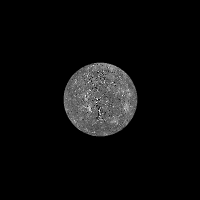
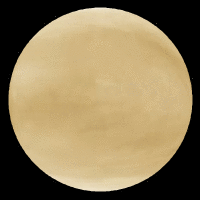
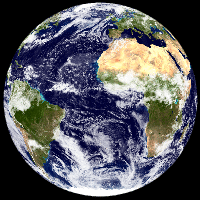
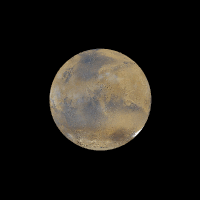
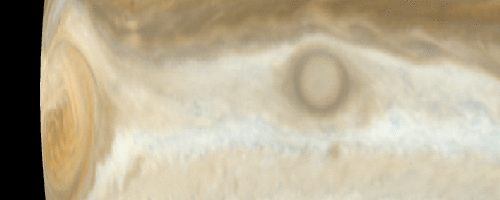
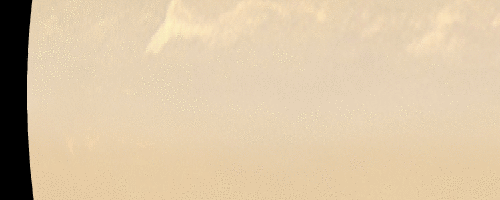

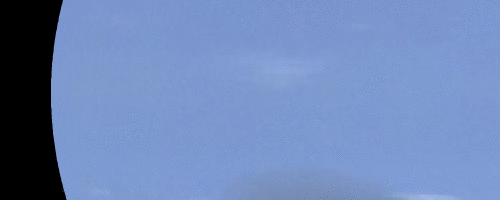
The Planets of the Solar System All eight planets of our Solar System, mapped to the same scale. (Notice Venus rotates in the opposite direction as the rest of the planets, though the speeds depicted here are pretty obviously not realistic.)
#gif#planets#solar system#space#planetary science#mercury#Venus#earth#Mars#Jupiter#saturn#uranus#Neptune
0 notes
Photo
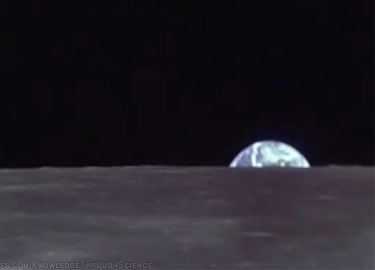
Earthrise filmed during the Apollo 10 mission, 1969.
24K notes
·
View notes
Photo
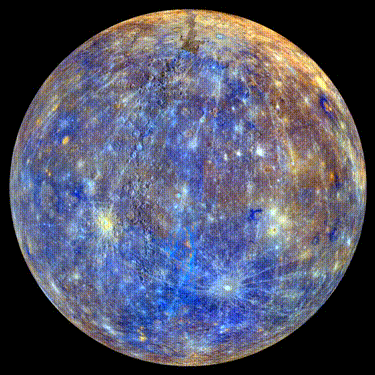
The Surface of Mercury
Completely mapped for the first time, Mercury is displayed here in exaggerated colors. (Science by NASA, APL, and the Carnegie Institute.)
#gif#space#mercury#science#NASA#exploration#planetary geology#planet#planetary science#discovery#messenger#geology
9 notes
·
View notes
Photo
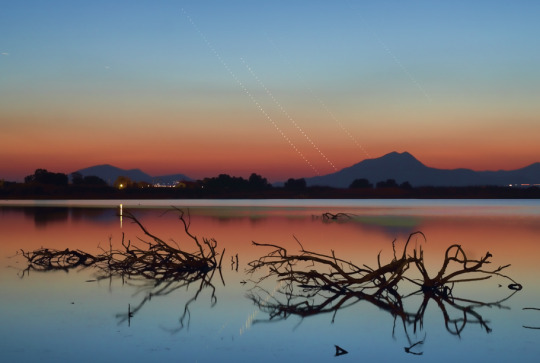
Four Planet Sunset Image Credit & Copyright: Chris Kotsiopoulos (GreekSky)
Explanation: You can see four planets in this serene sunset image, created from a series of stacked digital exposures captured near dusk on May 25. The composite picture follows the trail of three of them, Jupiter, Venus, and Mercury (left to right) dropping toward the western horizon, gathered close in last month's remarkable triple planetary conjunction. Similar in brightness to planet Mercury, the star Elnath (Beta Tauri) is also tracked across the scene, leaving its dotted trail still farther to the right. Of course, in the foreground are the still, shallow waters of Alikes salt lake, reflecting the striking colors of sunset over Kos Island, Greece, planet Earth. For now, Jupiter has wandered into the glare of the setting Sun, but Mercury and Venus remain low in the west at twilight.
(source: apod.nasa.gov)
0 notes
Photo

Smith’s Illustrated Astronomy
By Asa Smith
191 notes
·
View notes
